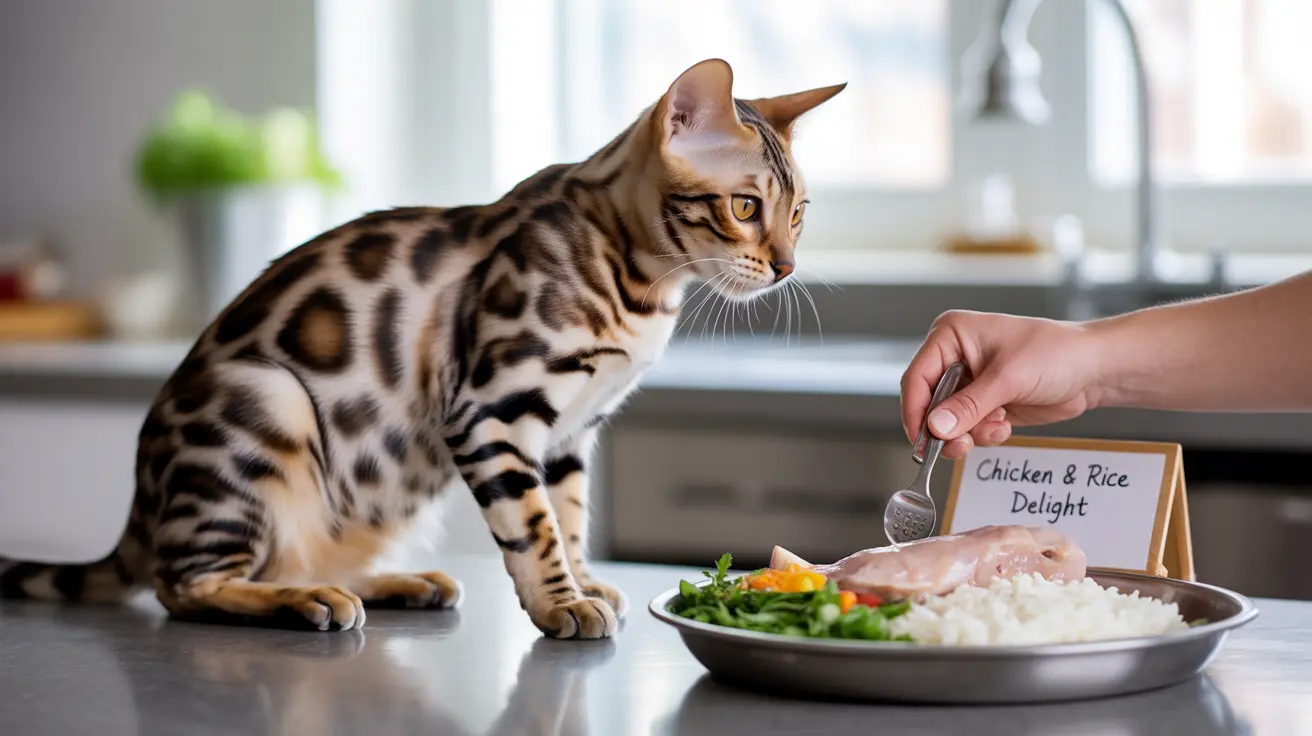Introduction
Creating homemade food for cats with kidney disease requires careful consideration and precise nutritional balance. With proper guidance, preparing receita de comida para gatos com insuficiência renal (kidney disease cat food recipes) can be an effective way to support your feline companion's health while maintaining control over ingredients and quality.
In this comprehensive guide, we'll explore veterinary-approved recipes, essential nutritional guidelines, and practical tips for preparing kidney-friendly meals for your cat. Understanding these fundamentals is crucial for managing chronic kidney disease (CKD) through diet.
Understanding Nutritional Requirements for Cats with Kidney Disease
Cats with kidney disease have specific dietary needs that must be carefully balanced. The primary goals are to reduce kidney workload while ensuring adequate nutrition and maintaining appetite.
Key Nutritional Principles
- Low phosphorus content
- Moderate, high-quality protein
- Controlled sodium levels
- Increased moisture content
- Added omega-3 fatty acids
- Balanced potassium levels
Essential Recipe Components
When preparing homemade kidney disease cat food, include these fundamental elements:
Protein Sources
- Lean chicken breast
- White fish fillets
- Turkey breast
- Egg whites (in moderation)
Carbohydrates and Vegetables
- Brown rice
- Pumpkin
- Carrots
- Green beans
Basic Kidney-Friendly Recipe
Chicken and Rice Formula
Here's a veterinary-approved basic recipe:
- 75g cooked chicken breast
- 60g cooked brown rice
- 30g cooked vegetables
- 1 tablespoon fish oil
- 1g calcium carbonate
- Vitamin and mineral supplements (as prescribed)
Always consult with your veterinarian before starting any homemade diet, as individual needs may vary based on disease stage and overall health.
Tips for Food Preparation and Storage
Proper preparation and storage are crucial for maintaining food safety and nutritional value:
- Cook all ingredients thoroughly
- Avoid seasonings and additives
- Store portions in airtight containers
- Refrigerate up to 3 days
- Freeze extra portions for up to 2 months
Transitioning to Homemade Food
Introduce new food gradually over 7-10 days to prevent digestive issues and food aversion. Mix increasing amounts of the new recipe with current food until the transition is complete.
Frequently Asked Questions
What are simple homemade recipes suitable for cats with kidney failure?
The simplest veterinary-approved recipe combines lean protein (like chicken breast), cooked rice, vegetables, and essential supplements. Always work with your vet to ensure the recipe meets your cat's specific needs.
How can I prepare a balanced low-phosphorus diet for my cat with chronic kidney disease?
Focus on using lean meats, avoiding organ meats, and incorporating low-phosphorus vegetables. Add prescribed supplements and phosphorus binders as recommended by your veterinarian.
Why is wet food preferred over dry food for cats with renal insufficiency?
Wet food provides additional moisture, which is crucial for cats with kidney disease who need increased hydration. It's also typically easier to digest and more palatable.
Which ingredients should I avoid when cooking for a cat with kidney problems?
Avoid high-phosphorus ingredients like organ meats, bone meal, and dairy products. Also skip seasonings, garlic, onions, and any artificial additives.
How can I improve appetite and palatability in food for cats with kidney disease?
Warm food slightly before serving, try different protein sources, and consider adding small amounts of low-sodium broth or approved flavor enhancers. Serve fresh food in small, frequent meals.
Conclusion
Creating homemade food for cats with kidney disease requires dedication and attention to detail. While it takes more effort than commercial options, it allows for complete control over ingredients and can be particularly beneficial for cats who refuse prescription diets. Always work closely with your veterinarian to ensure your recipes meet all nutritional requirements and adjust as needed based on your cat's response and disease progression.






